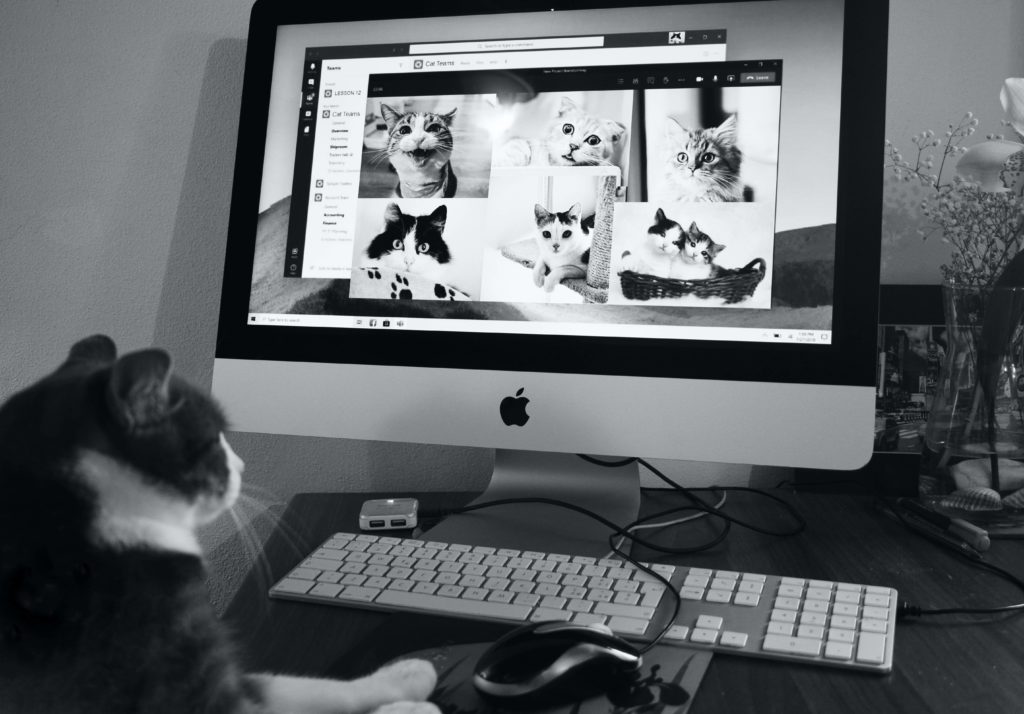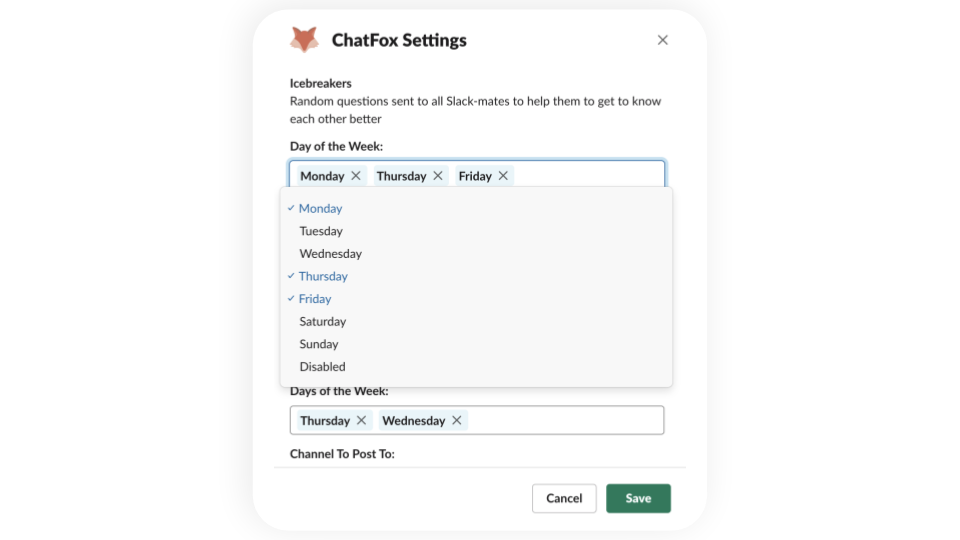


Remote working is here to stay. Whether your team is fully remote or you have remote team members, there are key factors to consider to make sure that things continue to operate smoothly. The purpose of this blog is not to convince you to increase or decrease remote work at your organization, it is to share our top learnings from our careers, company, and customers. We will start with the key challenges of remote work then finish off with some solutions to those challenges.


We love icebreakers! Our customers have shared countless stories about how our icebreakers have sparked meaningful conversations that would have never even gotten started without the right questions at the right time in the right context. Even though Icebreakers are a great way to engage your remote team they are only the tip of the iceberg. Most of our customers come for the icebreakers but stay for the Coffee Chats and Shout Outs. The reality is that icebreakers are only a tiny part of what is needed to build a strong remote team culture.


Over the past few months, our users have consistently requested one thing, more participation. Participation for remote teams is far more challenging than office-based teams. Why? Because getting people to participate from home is like herding cats. In the office, you have the ability to go from cubicle to cubicle recruiting participants for any given activity or team building event. When working from home there is a balance between work and other responsibilities. Workdays are not necessarily set up in 8-hour blocks.


It's easy to fall back on your technical or business skills as the most important thing that you can contribute to an organization. Your skills are an important part of your job, but your ability to meet organization skills like reliability, problem-solving, teamwork, and perseverance helps the organization grow as a whole. When hiring for remote workers make sure that you have evaluated new team members' ability to contribute to your organization's success as well as complete their individual deliverables.


Thinking up fun ways for your team members to engage with each other is important, but very often loses steam after employees try it once or twice with an experience that they do not enjoy. Anything that creates friction for your team members' to attend, connect or engage with each other will limit participation. Take as much as possible out of the control of your team members so that all they need to do is do a little preparation and engage without the hassle of coordination or setup.


Each of the companies that we work with uses ChatFox differently, adapting it to their unique processes, values, and culture. This is why our focus is to provide the most flexibility while still delivering an intuitive user experience. As we continue. to work closely with our customers we have continued to receive applicable feedback and ideas.


If you do not consider the impact of your communication as a leader your bad habits will trickle through the organization without any way of identifying or fixing the problem. In an office, you can observe impromptu interactions and communication. On a remote team, you can only see what is right in front of you on a screen.


It is okay to be critical of a remote team culture as it is essentially your office environment. Before accepting job offers in the past have you considered aspects of the job outside of your specific responsibilities? Of course you have.


In a study by MIT Nine out of ten CEOs and CFOs believe that improving company culture would increase their company's value. 80% of the same CEOs and CFOs ranked culture as one of the 5 most important factors driving their company's valuation. Company culture does not only improve processes and lower turnover, but it also impacts the value of a company. Looking at company culture from multiple perspectives makes it's importance clear.
Error: Contact form not found.